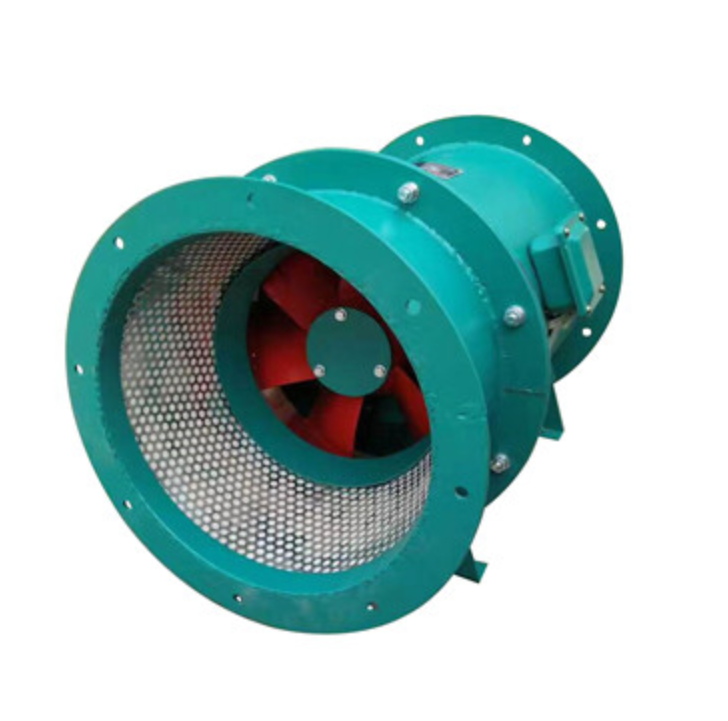Mixed Flow Fan: Blending Efficiency and Quiet Operation
The mixed flow fan combines the features of axial and centrifugal fans, with the airflow direction falling between axial and radial. This unique design results in high efficiency, low noise, and a good balance of air pressure and flow rate. Our mixed flow fans are suitable for a wide range of applications, from residential ventilation to industrial air - handling. They are built with advanced aerodynamic designs and quality materials, providing optimal performance, energy savings, and quiet operation for different ventilation needs.
Get A Quote

